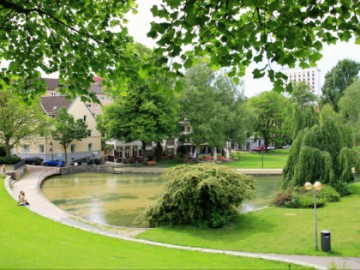Paderborn, water and computer capital of Germany
In Germany Paderborn is called the city of water. Right in the historical center there is the source of the shortest river in the country, Pader, that gave the city its name. The river is nourished by 200 rapid springs, with a cozy park laid out around them. Only after 4 km Pader flows into the Lippe river. The city is proud of its origins from the emperor of Franks, Karl the Great, and its rich Catholic heritage. In the middle of the 20th century it was one of the first to make a step towards the bright digital future thanks to Heinz Nixdorf – the pioneer of computer industry in Germany who was a native of Paderborn.
Cafes, bars and restaurants in Paderborn
Отели города Paderborn
See all
Restaurants

Ahorn Gastro
Kneipe • Sports bar
+49 5251 1371133
Payment methods:
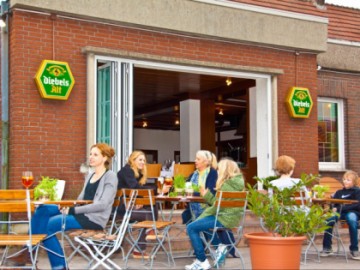
Bernemanns zum Hölzchen
Restaurant • Catering
+49 5251 9850
Payment methods:

Campesino
Tapas-bar
+49 5251 1478010
Payment methods:

Deutsches Haus
Restaurant • Sports bar • Catering
+49 5251 22136
Payment methods:
All sights in PaderbornSee all
Landmarks in the city Paderborn
Nearby
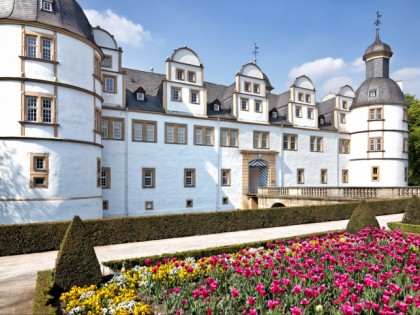
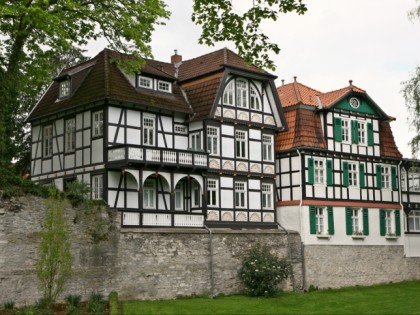
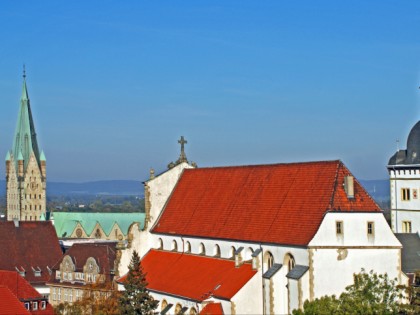
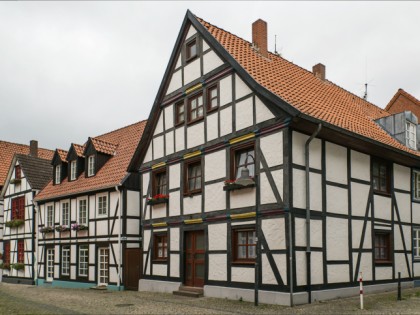
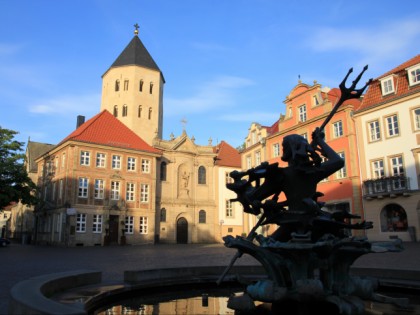
 Museums and Exhibitions
Museums and Exhibitions
 Architectural Monuments
Architectural Monuments
 Other places
Other places


